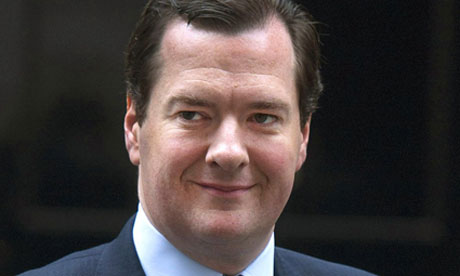Since the 1990s, the private share of national wealth has soared while public wealth has shrunk writes Gillian Tett in The FT
This week, as western governments pondered sending aircraft to Ukraine, the Kyiv government embarked on a novel financing step: it launched a website #buymeafighterjet to crowdsource donations for jets from the world’s mega-rich.
Once that might have seemed a laughably bizarre thing to do. But today it no longer appears quite so odd. Never mind the fact that events in Ukraine show we live in a world where networks, not institutions, wield power; today the ultra wealthy increasingly wield riches and power, with some billionaires controlling budgets comparable to those of small countries.
And while it is unclear whether #buymeafighterjet will deliver planes, the symbolism is worth noting. It highlights a trend that deserves far more attention from economists and political scientists alike — and in spheres that have nothing to do with war.
Consider one radically different context: this week’s World Economic Outlook report from the IMF. The message in this tome that grabbed most attention this week was that the world faces rising inflation, high debt and stalling growth — stagflation, in other words, although the IMF tactfully downplays that term.
But on page 62 of the report there was also an intriguing little sidebar about the “Saving Glut of the Rich”. A decade ago, the concept of a “savings glut” was something usually discussed in relation to China. When market interest rates plunged in the early 21st century, economists argued that rates were being suppressed because emerging market countries were recycling their vast export earnings into the financial system.
Or, as Ben Bernanke, former Federal Reserve chair, wrote in 2015: “A global excess of desired saving over desired investment, emanating in large part from China and other Asian emerging market economies and oil producers like Saudi Arabia,” had created a “global savings glut”.
But, this week, the IMF highlighted another, little-noticed contributing issue: the ultra-rich. It pointed out that a “substantial rise in saving at the very top of the income distribution in the United States over the past four decades . . . has coincided with rising household indebtedness concentrated among lower-income households and rising income inequality”.
And while economists used to look at this through an American lens, “the phenomenon may not be limited to the United States”, the Fund notes. It seems to be global. And since the rich cannot possibly spend all their wealth — unlike the poor, who usually do — this savings glut has almost certainly “contributed to the secular decline of the natural rate of interest”.
Moreover, while the IMF downplays this, the actions of western central banks have made the pattern worse. Years of quantitative easing have raised the value of assets held by the rich, thus expanding inequality — and with it the rich persons’ savings glut.
How much has this affected rates? In truth, no one knows, not least because information about this shadowy world of ultra wealth is sparse. Or, as the World Inequality Laboratory notes in its 2022 report: “We live in a data-abundant world and yet we lack basic information about inequality.”
Furthermore, western central bankers have limited incentive to study these issues too publicly, since many feel privately embarrassed that quantitative easing has made inequality worse.
But one sign of the trend can be found in the 2022 Wealth Inequality Index report: not only have the richest 1 per cent across the world apparently taken 38 per cent of all wealth gains since the mid 1990s, but also the private share of national wealth has soared, while public wealth has shrunk.
Another striking clue emanates from reports collated by Campden consultants, experts on the family office ecosystem. In 2019, they calculated that there were 7,300-odd family offices in the world, controlling $6tn in funds, a 38 per cent increase from 2017. Between 2020 and 2021, during the latest wave of QE, funds under management increased on average by 61 per cent.
It is possible that this trend in inequality will slow if QE — and with it asset inflation — comes to an end in 2022 and beyond. Or maybe not — as the IMF report also points out, a world of stagflation risks and rising rates is one that will hurt the indebted poor far more than it will the rich.
Either way, the pattern deserves far more debate among economists and political scientists. We need to know, for example, whether ultra-wealthy funds will step in to buy assets like Treasuries as central banks wind down QE.
The way family offices are contributing to a secular shift from public capital markets to private ones should get more attention — particularly since economists such as Mohamed El-Erian predict that this will accelerate in the wake of Russia’s invasion of Ukraine.
We also need to pay more attention to governance issues. The expanding private pots are generating innovative forms of philanthropy (which is good). But they can also subvert democracy via dark money donations (which is bad). Either way, #buymeafighterjet is one tiny symbol of an increasingly networked but unequal world. We ignore this at our peril.





